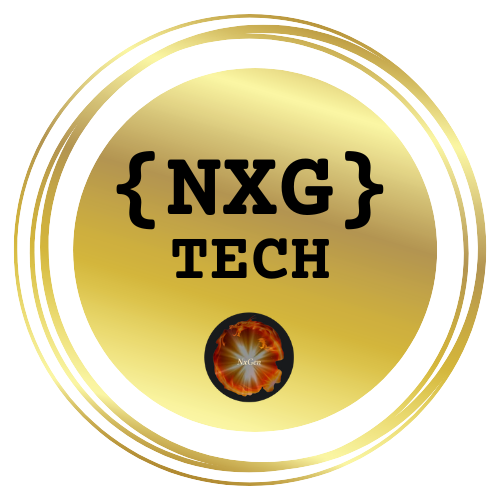
The Future of Google: DOJ's Push for Chrome Sale Could Reshape Tech
The U.S. Department of Justice (DOJ) has set the stage for a significant shift in the tech landscape by calling for the divestiture of Google's Chrome browser. This move comes as part of a larger antitrust case against the tech giant, aimed at dismantling what officials describe as its illegal monopoly in the search market. The DOJ's proposal, which was filed recently, asserts that Google must quickly sell Chrome to a buyer acceptable to the plaintiffs, alongside any necessary tools and services tied to the browser.
Why Divesting Chrome Matters for Competition
At the heart of the DOJ's argument is the belief that Google's sheer market dominance stifles competition. With a massive share of nearly 90% in the search market, Google has been accused of employing anticompetitive tactics to secure its status as the default search engine across numerous platforms. The DOJ argues that divesting Chrome would offer space for new competitors to emerge, thereby enhancing consumer choice and fostering innovation.
Historical Context: A Long Battle Against Big Tech
This case is reminiscent of the government’s legendary antitrust fight against Microsoft in the late 1990s, where concerns over monopoly power led to significant changes in the software industry. The DOJ filed its case against Google in 2020, alleging that Google's contracts with manufacturers and the payments made to secure its position as the default search engine amount to unfair practices. The context of this ongoing battle illustrates a crucial question: can the government successfully rein in the power of Big Tech?
The Counterarguments: Google’s Defense
In response to the DOJ's proposal, Google argues that its success stems from offering superior search technology, not from suppressing competition. The company has frequently pointed out that users are free to change their default search engines at any time. Google representatives have stated that the DOJ's recommendations could harm consumers and threaten national security by stifling innovation.
What's Next? A Potentially Lengthy Legal Process
With arguments regarding the DOJ’s proposals expected in April, the battle between Google and the federal government is far from over. The upcoming decisions will have significant consequences not just for Google, but for the tech industry as a whole. Analysts suggest that this move reflects a new era under the Trump administration, which has vowed to maintain pressure on Big Tech, suggesting that antitrust enforcement will continue to be a pivotal issue in the coming years.
The debate surrounding Google and its market practices is not just about one company; it encapsulates broader conversations about regulation, innovation, and consumer rights in a digital age. As the situation unfolds, all eyes will be on the courtroom outcomes that could redefine the tech landscape.
 Add Row
Add Row  Add
Add 




Write A Comment